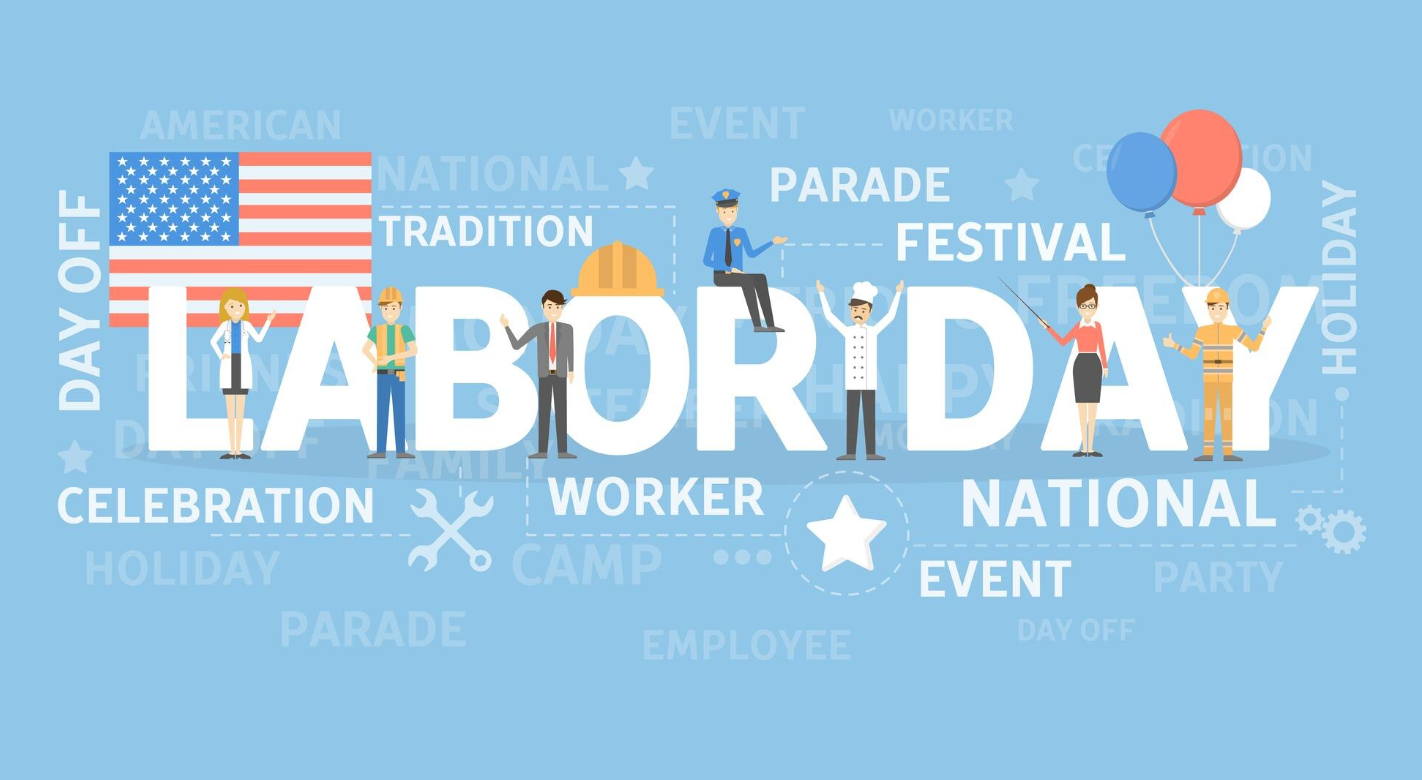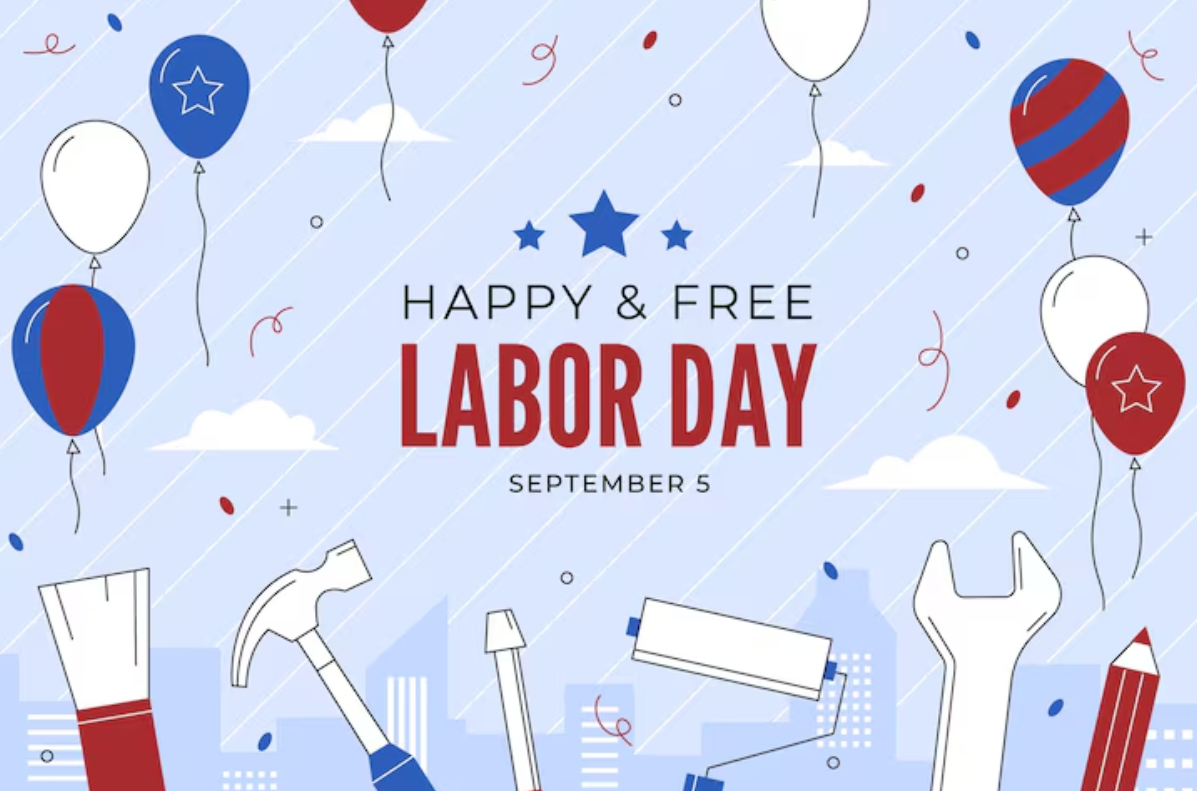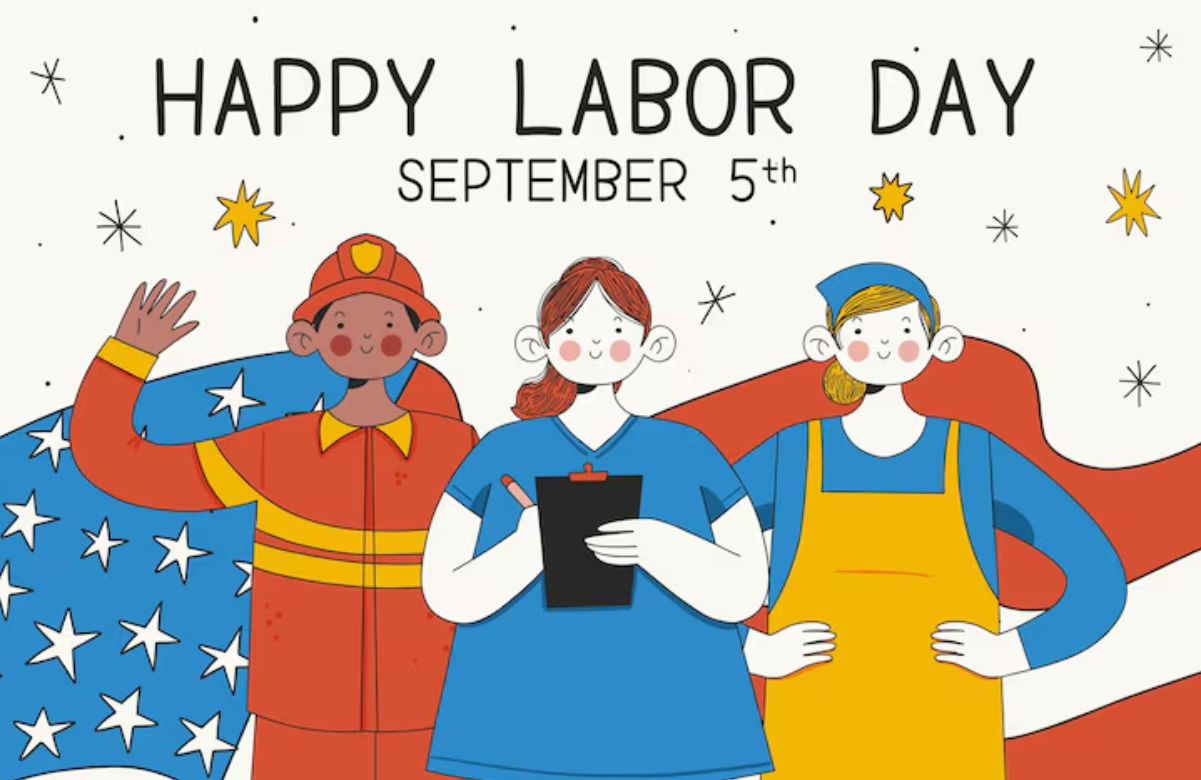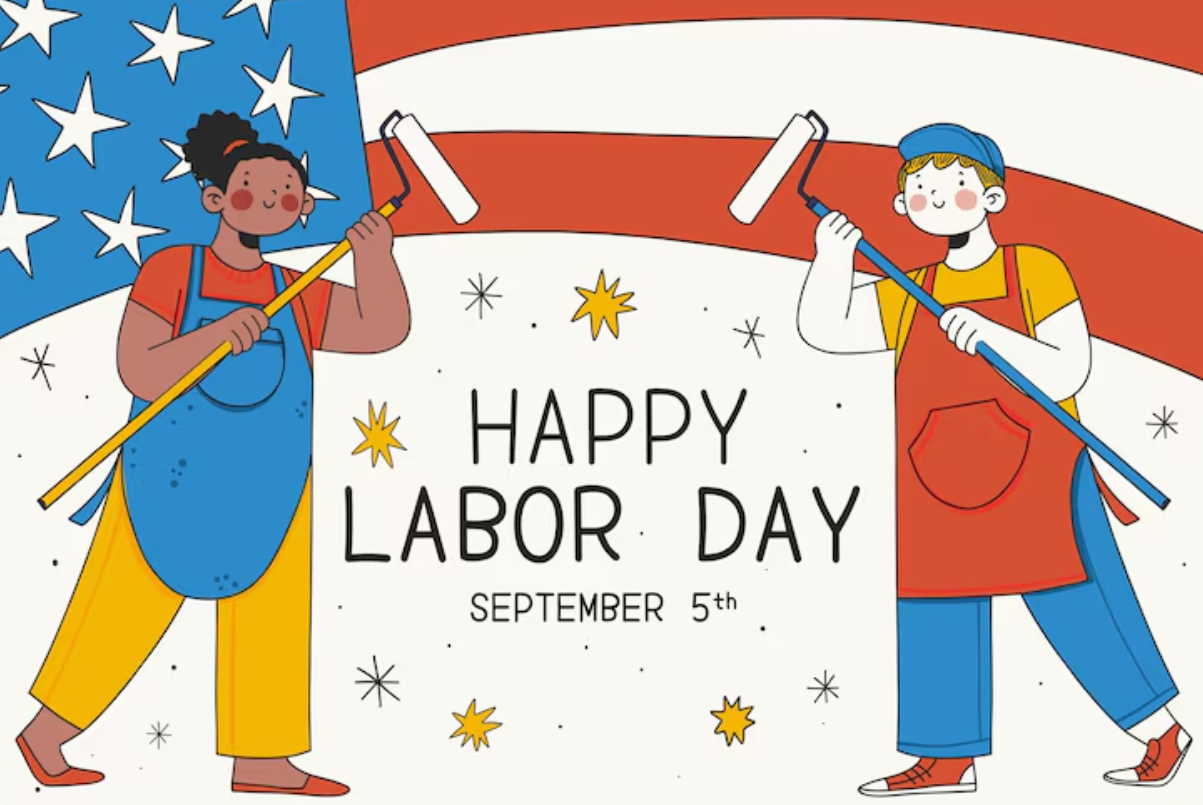💡 Quick Take: Labor Day honors America’s workers and labor movement achievements. In 2025, Labor Day is Monday, September 1.
The first Monday of September is more than the unofficial end of summer—it’s Labor Day, a federal holiday dedicated to recognizing the contributions of workers and the victories of the labor movement. Families plan long-weekend trips, retailers roll out doorbuster deals, and communities host parades and picnics. Yet the heart of Labor Day goes deeper: it commemorates safer workplaces, better wages, and the 40-hour workweek that reshaped modern life. If you’re searching for a clear, ad-ready guide to the Labor Day meaning, origins, and traditions—plus the exact Labor Day 2025 date—you’re in the right place.

What Is Labor Day?
Labor Day is a U.S. federal holiday that celebrates the economic and social achievements of American workers. Observed annually on the first Monday in September, Labor Day recognizes the labor movement’s role in shaping fair pay, overtime protections, weekends off, and workplace safety standards. For families, Labor Day doubles as a seasonal marker: the late-summer pause before school routines, fourth-quarter business goals, and year-end hiring cycles kick into gear.
Because it blends civic meaning with everyday life, Labor Day content performs strongly in search each August–September. Readers want quick answers about closures, travel, sales, and the holiday’s purpose—making Labor Day a high-intent topic for news, policy, finance, and shopping audiences.
When Is Labor Day in 2025?
In 2025, Labor Day falls on Monday, September 1. Mark your calendars for a three-day weekend: Saturday, August 30 – Monday, September 1. Many government offices, banks, and U.S. markets close for the holiday, while major retailers and travel providers frequently run Labor Day promotions.
Here's About Korea labor law
Why Do We Celebrate Labor Day?
The roots of Labor Day reach back to the late 19th century, when American workers faced low wages, long hours, and unsafe conditions. Labor unions organized, marched, and negotiated for change. A public holiday honoring workers emerged from this momentum, giving communities a way to celebrate solidarity and highlight reforms. Today, Labor Day reminds us that fair labor standards—like the weekend, safer factories, and the eight-hour day—were won through sustained advocacy.
How Did Labor Day Begin? (The Founders & The First Parade)
Two figures are commonly credited with proposing Labor Day: Peter J. McGuire, a carpenter and union leader, and Matthew Maguire, a New York machinist and labor official. While historians debate who suggested it first, the holiday took off quickly among labor organizations.
The first official Labor Day celebration occurred in New York City on September 5, 1882, when roughly 10,000 workers marched from City Hall to Union Square. Parades and picnics became the template for future Labor Day observances, blending civic pride with family-friendly festivities.
From Strike to Federal Holiday (1894)
In 1894, labor unrest reached a boiling point with the Pullman strike, which disrupted rail traffic and drew national attention to workers’ grievances. In the wake of the crisis, Congress passed legislation designating the first Monday in September as a federal holiday. President Grover Cleveland signed Labor Day into law on June 28, 1894, cementing the holiday’s place in the American calendar and signaling a new era of dialogue between labor and government.
Traditions, Closures & What People Do on Labor Day
Modern Labor Day traditions include community parades, backyard barbecues, late-summer travel, and back-to-school shopping. Many federal offices, banks, and postal services close for the holiday. Some businesses adjust hours or run seasonal promotions tied to Labor Day clearance sales. For travelers, the Labor Day weekend is a peak period—plan ahead for traffic, sold-out accommodations, and variable fuel prices.
From an economic standpoint, Labor Day also signals the start of fall hiring and retail’s critical stretch toward the holidays. That’s why newsrooms, finance blogs, and policy sites often publish Labor Day explainers, market calendars, and saving tips to capture intent-driven traffic.
Key Facts at a Glance
• 2025 Date: Monday, September 1
• First Parade: New York City, September 5, 1882
• Federal Recognition: June 28, 1894 (first Monday in September)
• Purpose: Honor workers and the labor movement’s achievements
Further Reading & Helpful Resources
U.S. Department of Labor: History of Labor Day
Britannica: Labor Day
Internal Picks You Might Like
Looking for more policy and economy explainers around Labor Day themes? Explore these hubs from our network:
FAQ: Labor Day (2025 Edition)
1) What is the exact Labor Day 2025 date?
Labor Day 2025 is Monday, September 1.
2) Why do we celebrate Labor Day?
Labor Day honors the labor movement’s impact—safer workplaces, fairer pay, and the eight-hour day—while recognizing the contributions of all workers.
3) Who “founded” Labor Day?
Historians credit either Peter J. McGuire or Matthew Maguire with proposing the holiday. Regardless of authorship, Labor Day spread rapidly through unions and states before gaining federal status.
4) When did Labor Day become a federal holiday?
Congress established the first Monday in September as a federal holiday in 1894; President Grover Cleveland signed the law on June 28, 1894, formalizing Labor Day.
5) What’s open and closed on Labor Day?
Most federal offices, many banks, and U.S. mail services close on Labor Day. Retailers often remain open with seasonal sales; transportation operates on modified schedules in some regions.
6) Is “no white after Labor Day” a rule?
It’s a fashion tradition, not a law. The phrase dates to early-20th-century etiquette and still pops up in Labor Day lifestyle coverage each year.
Summary
Labor Day is the nation’s annual tribute to workers and the labor movement’s hard-won gains. In 2025, Labor Day arrives on Monday, September 1, capping summer with parades, barbecues, and big-ticket sales. But beyond a long weekend, Labor Day spotlights the values behind fair pay, workplace safety, and the eight-hour day. Whether you’re traveling, shopping, or simply taking a break, understanding Labor Day helps you appreciate the people and policies that power the economy—and why this holiday continues to matter.
Conclusion (Save & Share)
Use this guide to plan your Labor Day weekend and share the history behind it. Bookmark this page for the Labor Day 2025 date, point friends to the official resources above, and explore our internal policy and finance hubs for related explainers. If you publish or teach, consider a primer on workplace rights or a short reading list on the Pullman era—perfect evergreen content each Labor Day season.



